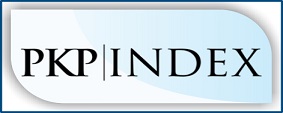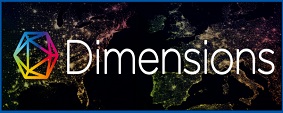Efektivitas E-LKPD berbasis STEM (Science, Technology, Engineering, and Mathematics) untuk Meningkatkan Kreativitas Siswa Kelas VIII SMP
DOI:
https://doi.org/10.31004/jpdk.v5i1.11968Abstract
Mathematics in schools is expected to be able to make students have the ability to think critically, logically and creatively in facing all types of challenges in today's modern era. STEM learning is an integration of science, technology, engineering, and mathematics learning that is recommended to help 21st century skills succeed. Along with technological developments, teachers can use technology-assisted teaching materials to facilitate the delivery of material and attract students' interest. One of the electronically assisted teaching materials is electronic LKPD or commonly abbreviated as E-LKPD. The purpose of this study was to determine the effectiveness of using STEM-based E-LKPD to increase the creativity of Grade VIII students of junior high school. This type of research is experimental research with a pretest posttest control group design. The population in this study were students of class VIII SMP Negeri 3 Tempel, while the sample was class VIII D and VIII E. Data collection techniques used interviews, observation, and pretest and posttest questions on students' creativity in the material Flat Sided Buildings. The results of this study indicate that the use of STEM-based E-LKPD has proven effective in increasing the creativity of Grade VIII students of junior high school. Therefore, this study concludes that the use of STEM-based E-LKPD is effective in increasing the creativity of Grade VIII students of junior high school Keywords: E-LKPD, Student Creativity, STEMDownloads
Published
2023-01-30
How to Cite
Nuryanti, D., & Nuryadi, N. (2023). Efektivitas E-LKPD berbasis STEM (Science, Technology, Engineering, and Mathematics) untuk Meningkatkan Kreativitas Siswa Kelas VIII SMP. Jurnal Pendidikan Dan Konseling (JPDK), 5(1), 5646–5654. https://doi.org/10.31004/jpdk.v5i1.11968
Issue
Section
Articles
License
Copyright (c) 2022 Dwi Nuryanti, Nuryadi Nuryadi

This work is licensed under a Creative Commons Attribution-ShareAlike 4.0 International License.
Authors retain copyright and grant the journal right of first publication with the work simultaneously licensed under a Creative Commons Attribution-ShareAlike 4.0 International License that allows others to share the work with an acknowledgement of the works authorship and initial publication in this journal. Authors are able to enter into separate, additional contractual arrangements for the non-exclusive distribution of the journals published version of the work (e.g., post it to an institutional repository or publish it in a book), with an acknowledgement of its initial publication in this journal. Authors are permitted and encouraged to post their work online (e.g., in institutional repositories or on their website) prior to and during the submission process, as it can lead to productive exchanges, as well as earlier and greater citation of published work (See The Effect of Open Access).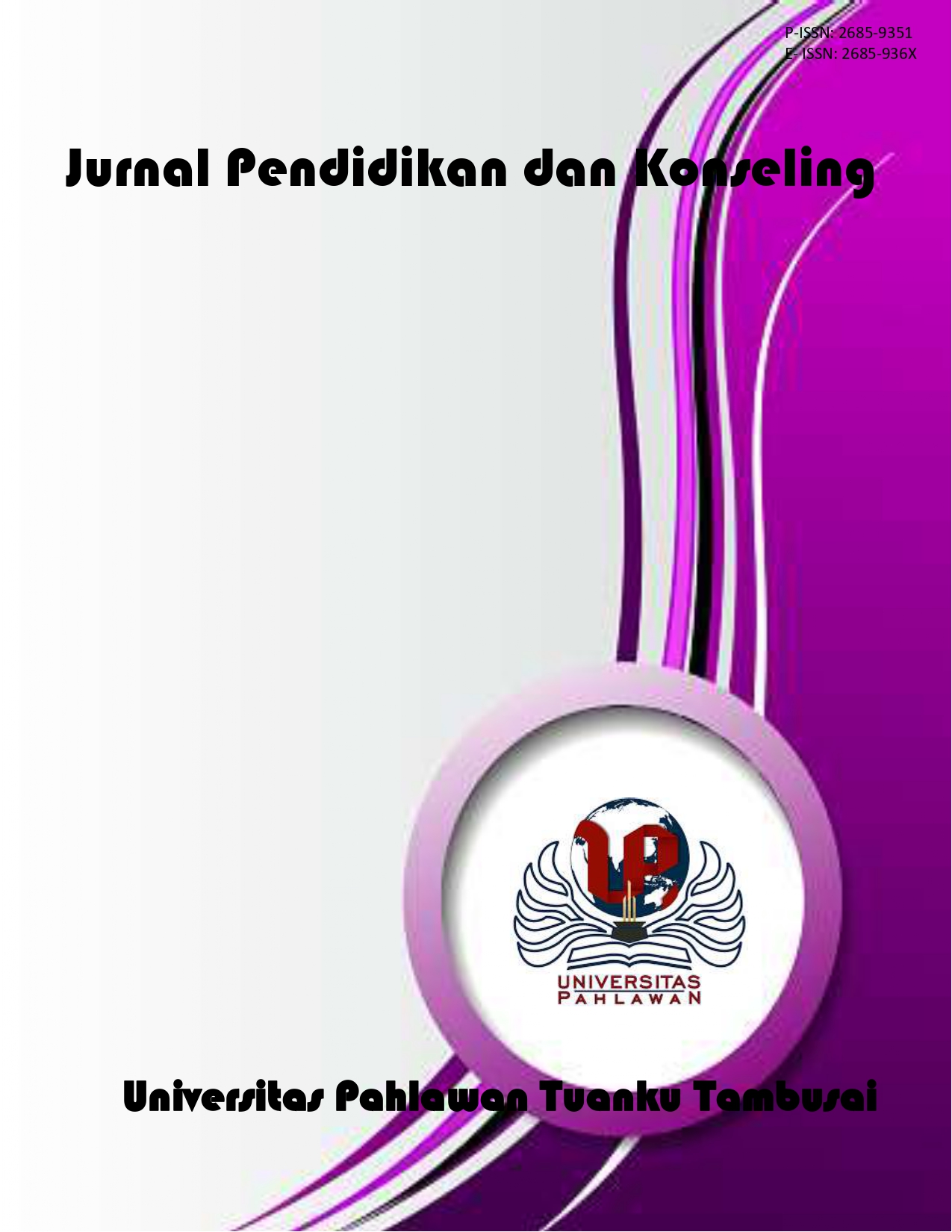


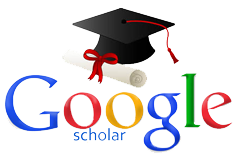
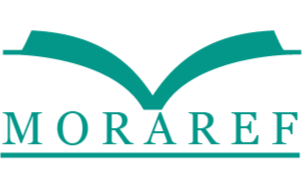
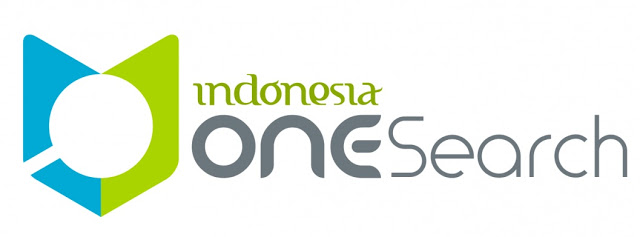
.png)
